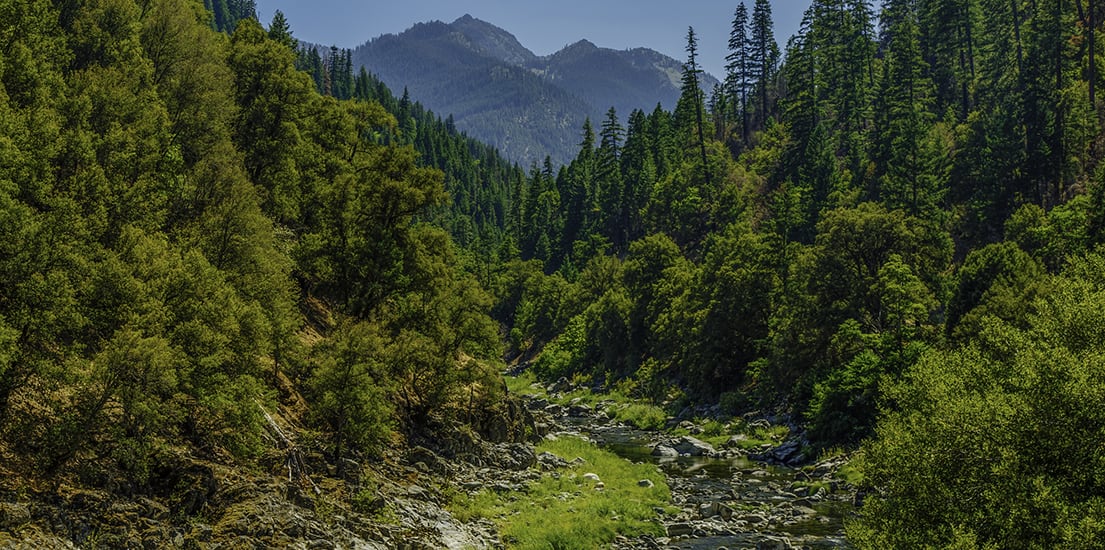Building on our work in California’s Klamath River basin, Western Rivers Conservancy has embarked on an effort to improve stream flows within the South Fork Scott, the largest, cleanest and coldest tributary to the Scott River. The Scott flows to the Klamath and is the state’s single most important stream for native coho salmon, which are threatened or endangered throughout California and Oregon.
The Scott River produces more native coho than any stream in California, yet their numbers are so low, many fear coho could become extinct within the river barring meaningful, ongoing recovery work. To that effect, state and federal agencies and organizations have invested heavily in improving habitat within the South Fork and mainstem Scott rivers. This work has been crucial for the Scott and its fish, but its long-term success hinges upon one key ingredient: water.
The Scott is vital to coho because of its clear water, abundant spawning beds and lack of mainstem dams to impede fish migration. But the Scott and its fish—which include Chinook and steelhead—face a myriad of challenges, from water diversion and diking to deforestation and drought. The latter, which has been ongoing in California until just this year, has taken a tremendous toll on salmon. Frequently, there is simply too little water in the river and its tributaries to sustain healthy populations of spawning, holding and rearing fish. Our goal is to change that.
Thanks to a loan from the Packard Foundation, WRC has purchased a property called the Bouvier Ranch and gained control of a critical water right on the South Fork Scott River. Control of that right will allow us to keep more water in-stream during summer to benefit coho, Chinook salmon and steelhead. Adjusting the irrigation schedule may increase summer-time flows in the South Fork by up to 20 percent, exactly when the river and its fish need those flows the most.
WRC’s purchase of the Bouvier Ranch will also allow us to conserve two miles of designated Critical Habitat for southern Oregon/northern California Coast coho. Combined with our rare opportunity to return water to the South Fork Scott, this will be a major step in the right direction for the Scott River and its fish. We are now working with local organizations to identify the best long-term steward to manage the lands as working lands, with conservation and public access the top priority.
Our efforts at the Bouvier Ranch also provide the opportunity for WRC to protect a viewshed on the Pacific Crest Trail by acquiring a nearby property that has been a top priority for the Pacific Crest Trail Association for years. The PCT skirts this property at the northeast edge of the Trinity Alps Wilderness before crossing the South Fork Scott River, upstream of the Bouvier Ranch. Our hope is to protect the views that make the PCT so scenic while ensuring the river that hikers encounter is healthy both for people and the salmon that return each year to spawn.


